Ingredients this time around are:
Peat Moss, Clay Pellets, Rice Hulls, Carabao Droppings, Worm Castings, Trichoderma, (Mycorrhizal Fungi Stuff) Composted Soil, Azomite, Molasses, Earth Worms, and some other “Secret Ingredients”!
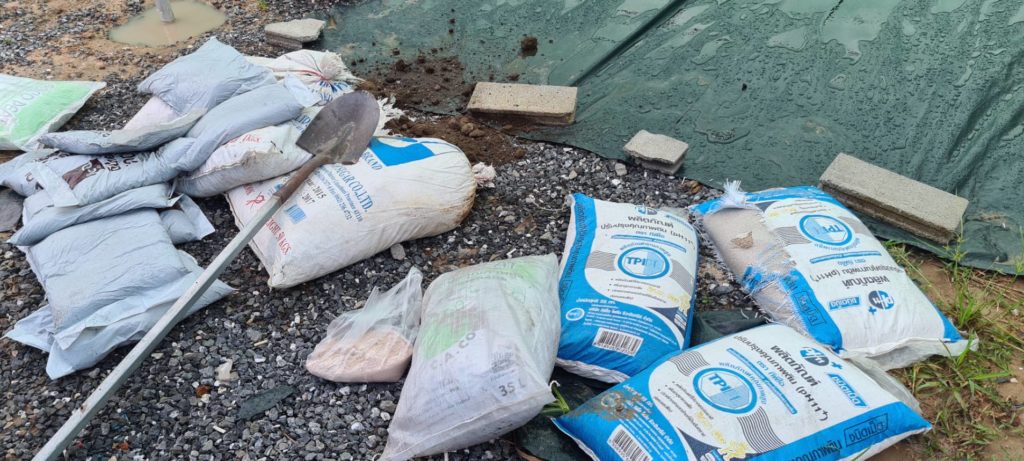
1st I recommend that you make a batch of inoculated Soil and let this “Cook” for a few weeks. Adding some Trichoderma, Mycorrhirza Stuff and a bit of Molasses. Cover this not leaving it in the direct Sun. This will be added to the “pile” later.
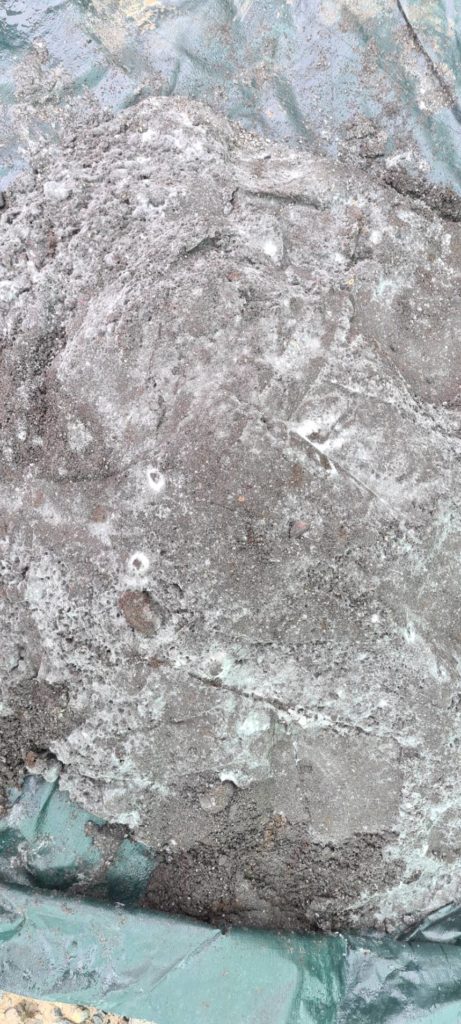
Lay out some sort of Ground Cover like a tarp of something to retain your hard work and keep out other possible soil contaminants. This is where we will mix everything together. I inoculate the Rice Hulls a bit and pour these out 1st as they can easily be discerned from the other Ingredients and will allow you to see how well you have “Mixed” your Batch up.
Then pour out the other items and go to work. I do not recommend someone with a Heart Condition taking this on as it is extremely Labor Intensive.
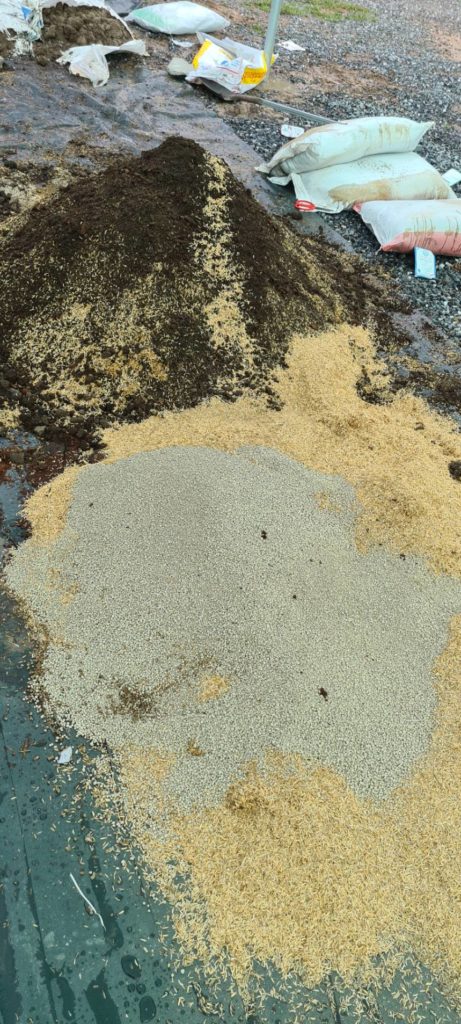
The Pictures below are of as I went along. In the end I add a bit of water Prior to covering it all up to once again Cook for a few weeks. You can see the Trichoderma, other Fungi I had previously Added and “Cooked” (Inoculated Soil) as a white “Growth” on the Dirt as it was added into the pile. Pretty Cool Huh?
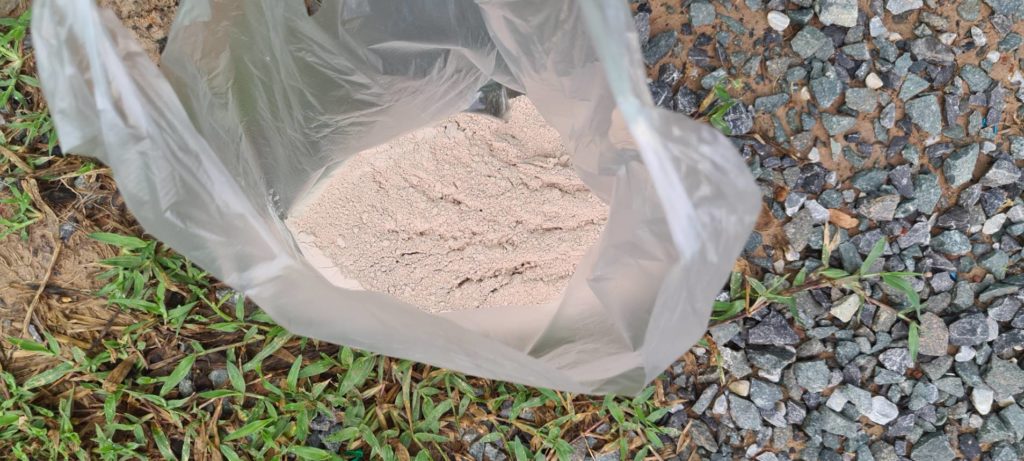
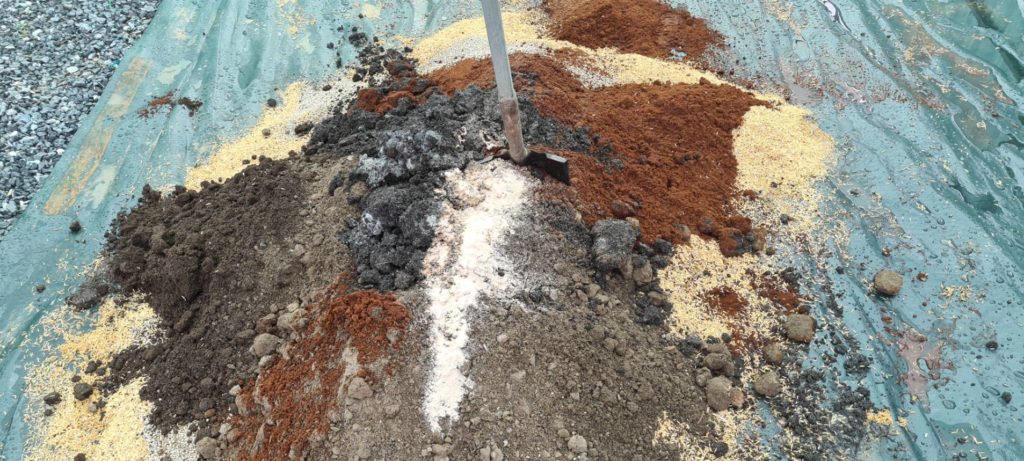
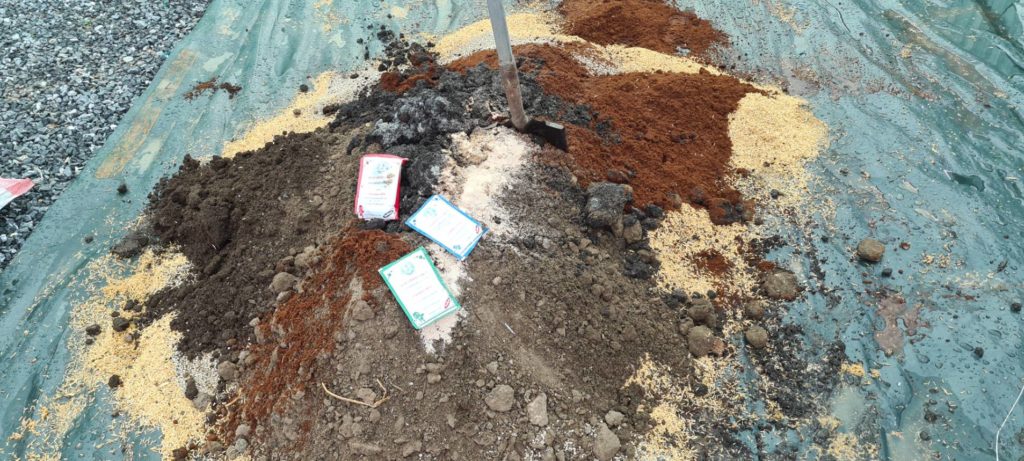
Once Plants disperse roots down into the soil the Mycorrhizal Fungi will attach to them and form a “Symbiotic” (not harmful) relationship with the Plants. Breaking down the various Nutrients and gathering water with the extensive “Hyphae” network they will form. The term mycorrhiza refers to the role of the fungus in the plant’s rhizosphere (it’s root system).
Mycorrhizal fungi produce filaments called “Hyphae” that grow in and around the roots and develop an underground network that helps the plant to acquire mineral nutrients from the soil. In exchange, the fungus receives a place to live and carbon compounds for its own growth. Mycorrhizal Fungi have been found to provide a protective role for plants as well!

Unaided plant roots may be unable to take up nutrients that are chemically or physically immobilized; examples include phosphate ions and micronutrients such as iron. One form of such immobilization occurs in soil with high clay content, or soils with a strongly basic PH. The mycelium of the mycorrhizal fungus can, however, access many such nutrient sources, and make them available to the plants they colonize.
Thus, many plants are able to obtain phosphate, without using soil as a source. Another form of immobilization is when nutrients are locked up in organic matter that is slow to decay, such as wood, and some mycorrhizal fungi act directly as decay organisms, mobilizing the nutrients and passing some onto the host plants; for example, in some dystrophic forests, large amounts of phosphate and other nutrients are taken up by mycorrhizal hyphae acting directly on leaf litter, bypassing the need for soil uptake.
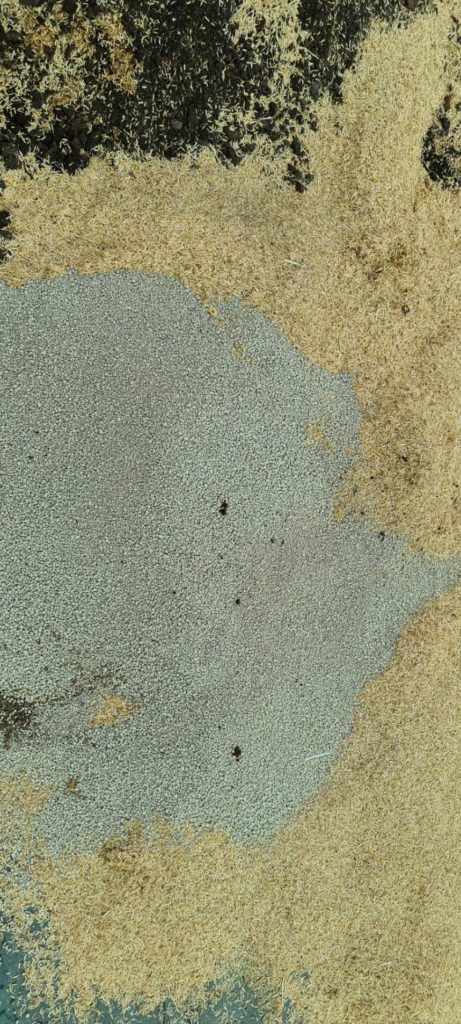
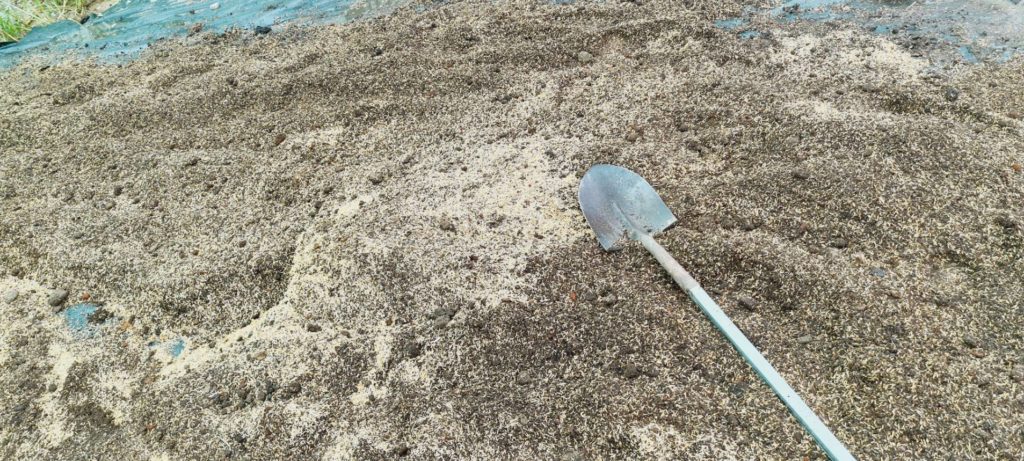
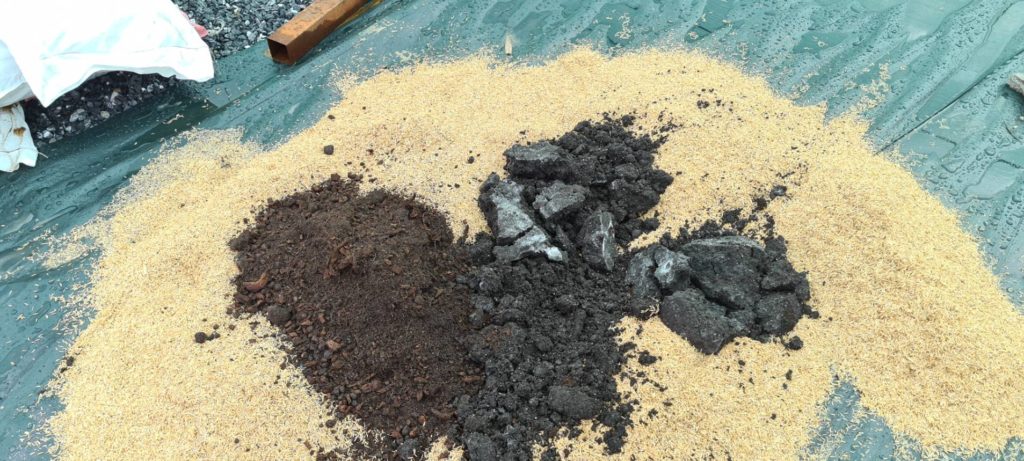
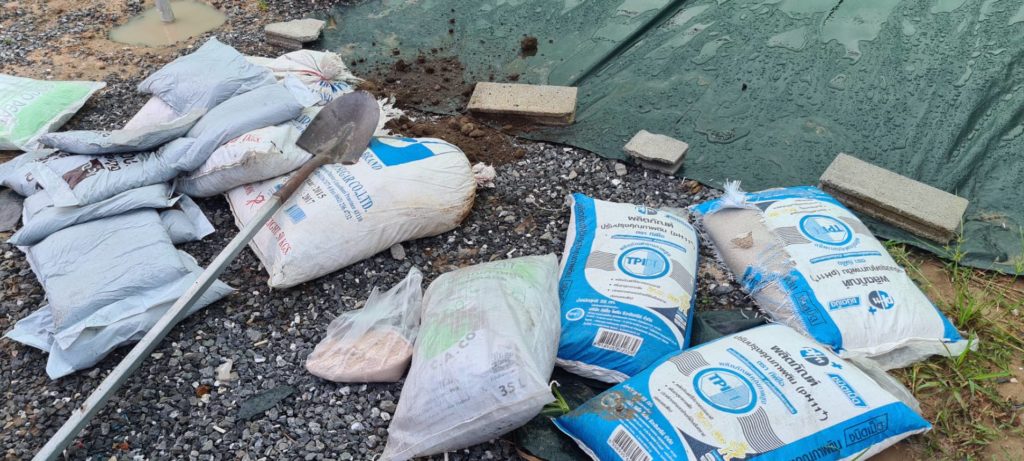
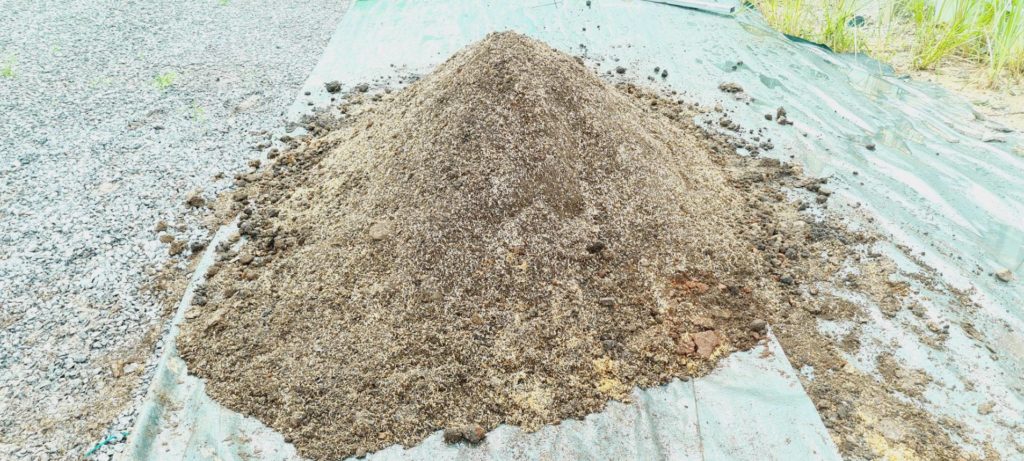
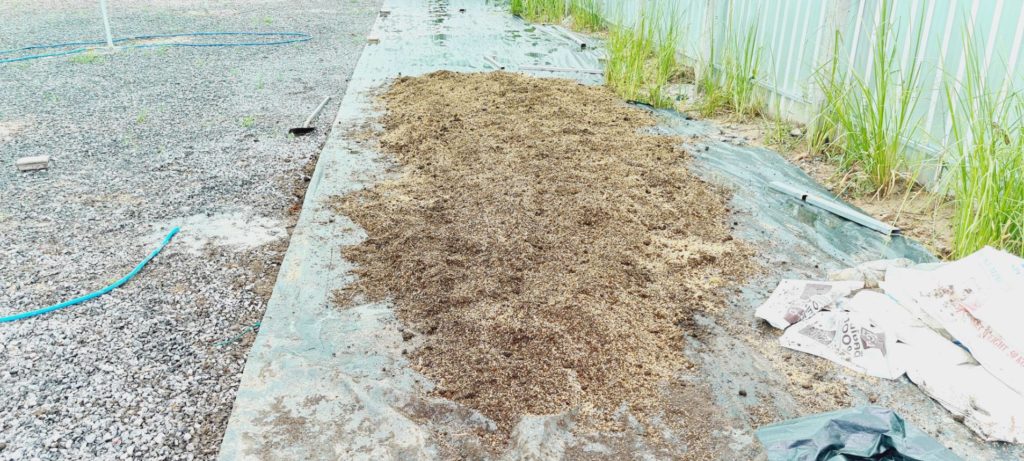
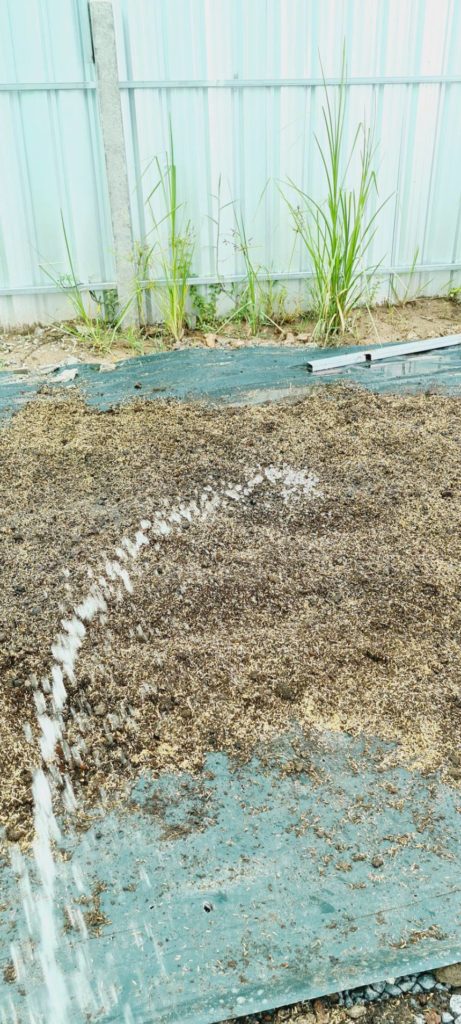
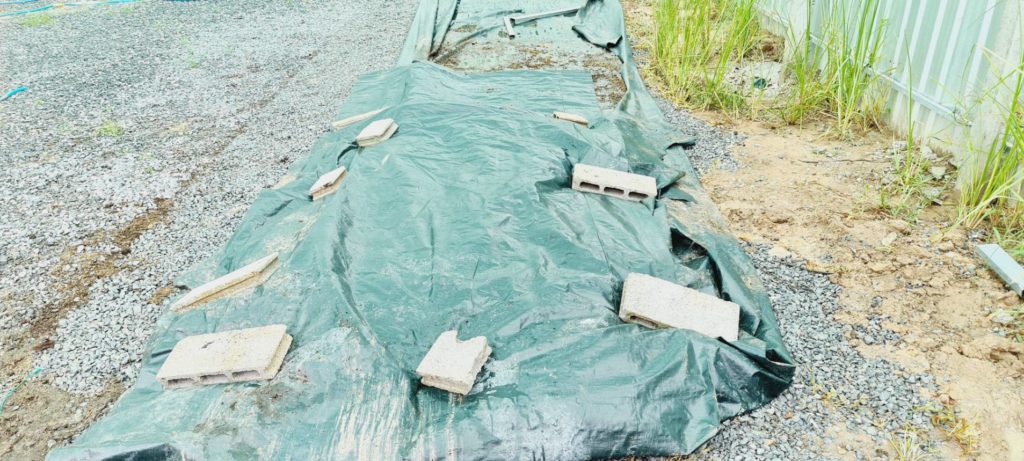
When you water you should not need to use Fertilizer if you have followed my instructions and used the stuff I recommended. And the water should immediately disappear down into your soil. Later you can use fertilizer if you feel it is needed. I recommend using 1/2 of what is recommended by the Manufacturer. For example some ingredients in various Fertilizers may inhibit the Bacteria, Microbes and etc. in your soil. So use less. The Plants will find what they need. You should see 2-4 inches of new growth daily, Minimum.
When Growing Cannabis less is always more!
Kevin
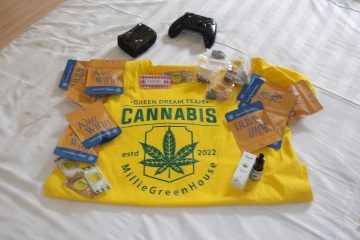


0 Comments